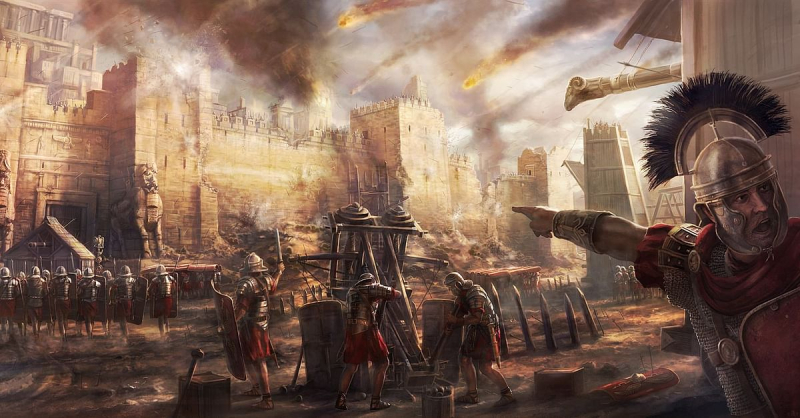Siege warfare was the strength of the Roman army
Siege warfare was the strength of the Roman army. In a typical Roman siege, soldiers were deployed to encircle the city if an initial assault did not result in an immediate win. Among them was a naval blockade. This was done to starve, deprive the opposition of water, etc., forcing them to submit. The Roman army constructed siege towers with heights that were comparable to or slightly higher than the city walls in order to be ready for an assault. The soldiers and ladders were shielded by siege towers as they neared the defensive walls. They also let the archer's fire arrows into the defense from atop the tower. Roman siege weapons included the onager, a tiny catapult, the "Carroballista", which threw heavy arrows, bolts, or smaller stones, and the ballista, a catapult used for hurling massive stones. In addition to siege towers and advanced weaponry, the Romans' great success at sieges was made possible by their command of the oceans and better logistics, which guaranteed steady supplies.
Veii was the target of Camillus' first significant siege. In his writings, Julius Caesar describes his army's siege of the cities in Gaul. To stop supplies from entering or people from leaving, the Roman troops constructed a wall around the population. The Romans occasionally had the power to shut off the water. The Romans might pierce the wall with a stabbing weapon or launch rockets inside using a catapult.











